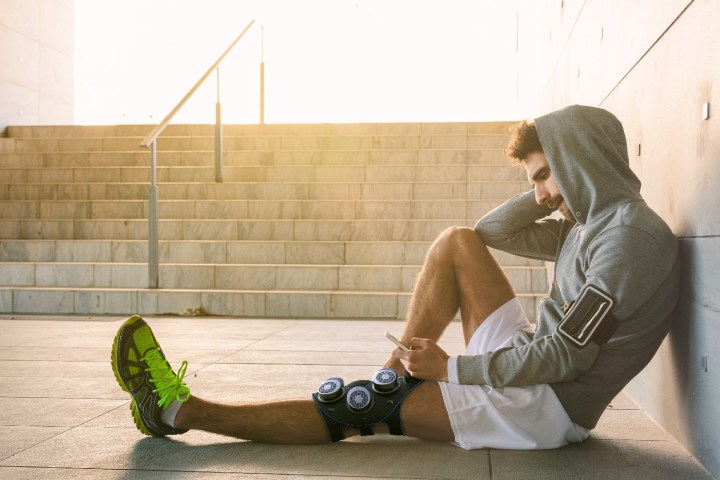
That is the situation that entrepreneur and former soccer player Alex Aguiar found himself in when he suffered a knee injury playing the sport. “The best thing anyone could offer me was a bag of ice,” he told Digital Trends.
While ice is a reliable way of reducing swelling, it is also not always the most effective solution. Research has shown that there are specific optimal temperatures for both cold and hot therapy and in some cases being able to cycle between both hot and cold can be beneficial.
This is a problem Aguiar has set out to help solve. As the founder of RecoverX — one of the latest crop of startups to be incubated as part of the acclaimed Highway1 accelerator program — Aguiar has led the way in developing an electronic upgrade to the simple ice pack.
“Our product is called Element, and is the world’s first electric cold and heat pack,” he said. “What’s cool about it is that you can control it through your phone, and it can instantly get cold or hot in under 30 seconds. It can also be controlled to the exact temperatures that are optimal for therapy. In addition, it has a rechargeable battery, so people can use it anytime or anyplace they want.”
The thermoelectric knee wraps (subsequent RecoverX products will target other body parts) were unveiled last week at the Highway1 Demo Day, in front of a crowd of around 170 possible investors. At present, the technology is being beta tested by members of the San Francisco 49ers, San Jose Earthquakes, the Stanford University athletic department, and others.
Given that the tech will not launch until 2018, Aguiar was not willing to reveal the details about exactly how the wraps work, other than that they involve a “patent-pending technology based on thermoelectrics and proprietary algorithms.”
Nonetheless, from the sound of things he assembled the perfect team of individuals to put Element through its paces — and reveal if it really is as revolutionary as it sounds.


